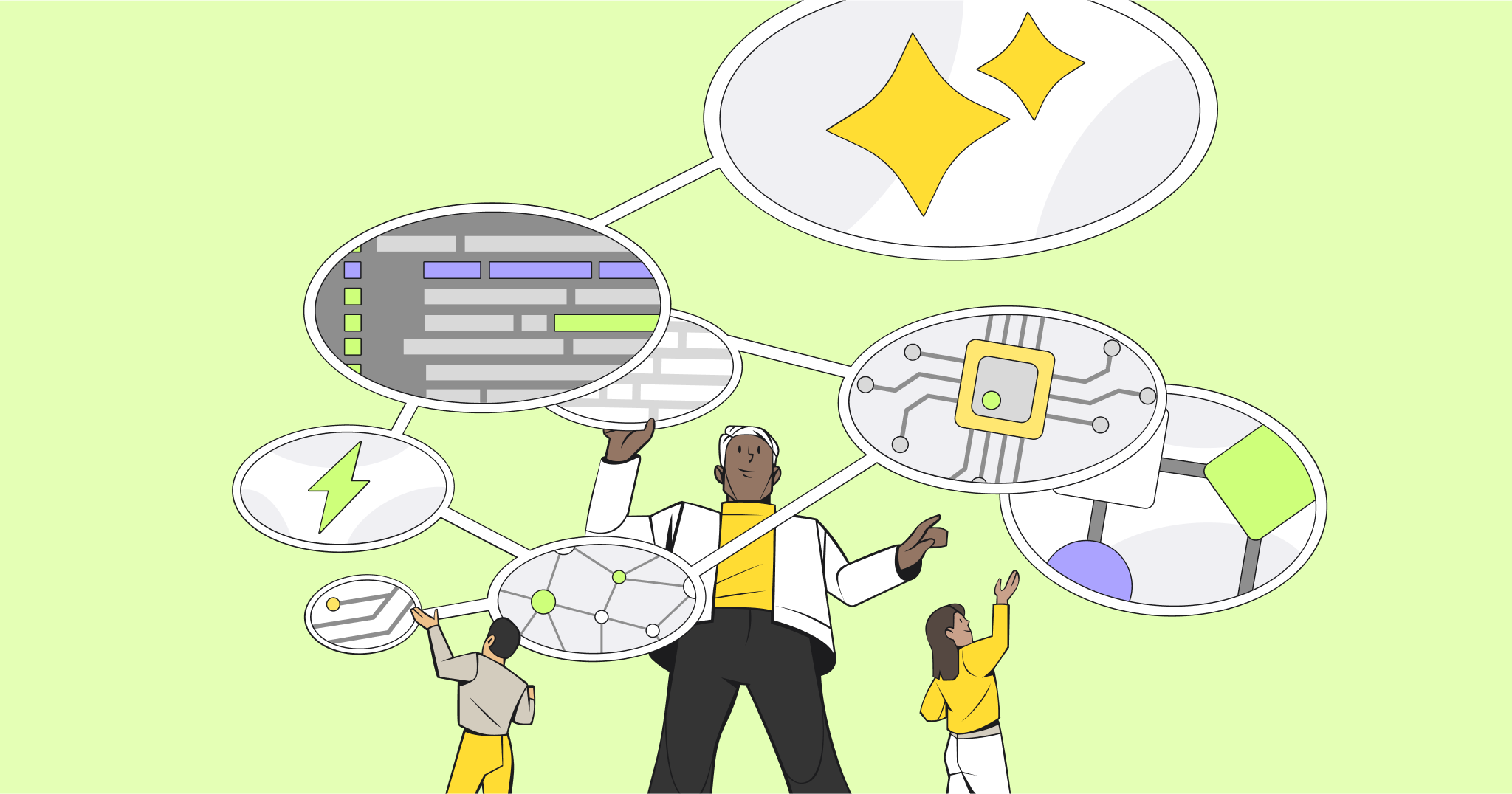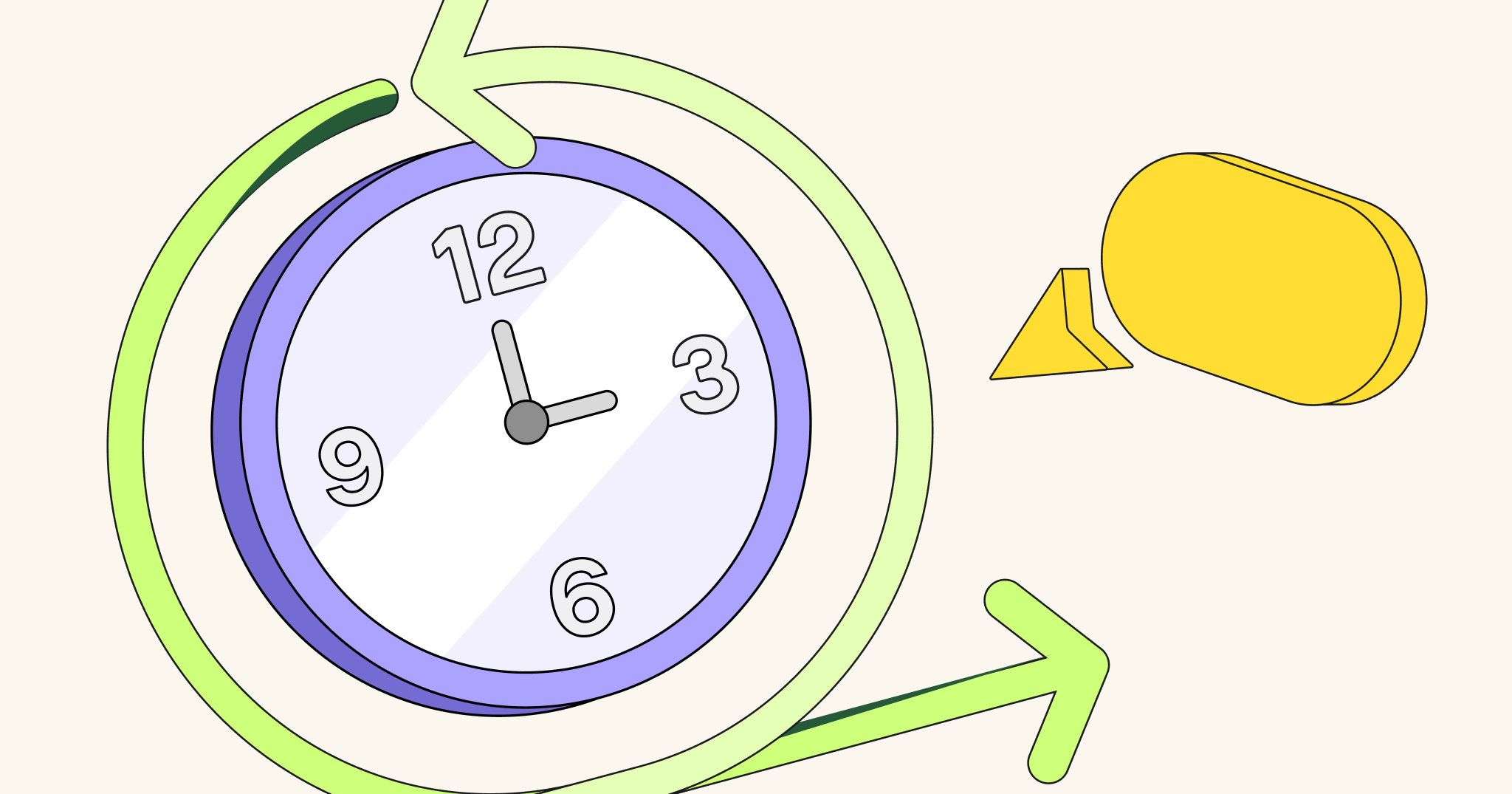A product manager is a complex job that involves orchestrating a lot of moving pieces and people to efficiently bring a product from idea to launch.
It’s also a lucrative career, with professionals earning an average salary of $111,729. According to Lenny’s Newsletter, product manager roles have grown about 30% since 2010, with 2,500 to 4,500 product managers hired each month in the U.S.
In this guide, we’ll cover what a product manager does, the role’s core responsibilities, and the top skills and Agile techniques you need to know to get hired.
What is a product manager?
A product manager steers the lifecycle of a software product from the initial vision to launch, including measurement and iteration. A key aspect of this process is balancing customer needs with business goals and constraints, like budget and team capacity.
A successful product manager is a strategic thinker who has a broad vision of a product, and can create small manageable steps to bring that vision to life. They synthesize customer feature requests, prioritize which ones to tackle, and lead their team to deliver high-quality releases on schedule.
Product managers can progress into more senior roles including senior product manager, director of product, or VP of product.
What is an Agile product manager?
An Agile product manager accomplishes their mission through Agile practices that emphasize speed and flexibility. In an Agile company, product managers guide product teams through sprints and iterative processes for rapid product delivery. They may change priorities quickly to respond to customer needs or market demand.
Product managers work closely with Scrum managers, who lead sprints and execute the product manager’s vision. They collaborate with the entire product team, including designers and developers to clarify product requirements and address technical feasibility concerns.
Some Agile organizations also bring in a product owner to implement the product manager’s vision. Product owners focus on tactical implementation, while product managers focus on strategy.
What does a product manager do?
Let’s drill down a little bit more into what’s expected of a product manager. Here are four main product manager responsibilities.
1. Compiling market requirements
Product management starts with listening to users. Product managers do this by gathering market research, UX research, user stories, and product feature requests from various sources. Then they analyze this information to prioritize next steps, outline product requirements, and plan sprints to complete development projects.
2. Building and implementing product roadmaps
A product roadmap is a strategic visual document that outlines a product’s goals and strategy. It also outlines the roles, timelines, resources, and decision-making structure needed for development. A product manager must build and maintain the roadmap and keep teams oriented towards the overall product vision.
3. Communicating with stakeholders across teams
A product manager bridges several functions including UX, development, and go-to-market (GTM) teams. They facilitate communication by championing a shared product vision, establishing communication channels, and checking in with individuals and teams.
They may also participate in meetings like product increment (PI) planning, daily standups, and retrospective sessions; moderate Slack channels; and manage visual collaboration tools like a board for async communication.
4. Prioritization
Product managers are responsible for collecting and analyzing product feedback and choosing which priorities to tackle and when. They do this in several ways; first, they consider customer feedback and business objectives and organize it into a feature request backlog.
Before each Agile sprint, lasting one to four weeks, product managers select features or fixes from the backlog for the product team to tackle. The product manager may write and refine user stories that guide the team during the sprint, contribute to sprint planning and retrospectives, and check in with teams throughout the process to answer questions and validate assumptions.
5. Monitoring product performance
After a product release, product managers monitor a product’s performance through tactics like user engagement metrics, customer satisfaction, product analytics, or the number of bugs and issues reported. They develop a continuous feedback loop between users and developers in order to see if a product can be improved after launch.
What skills do product managers need?
If you’re interested in a career as a product manager, here are the top three skills companies look for.
1. People skills
The top skill product managers need is the ability to work with people. It isn’t easy to get people to follow you and work together, especially cross-functionally. Emotional intelligence, self-awareness, and the ability to read the room goes a long way in being successful.
Product managers need to communicate well, both verbally and in written form. This helps them wield charisma and influence to gather insights and empower people to rally around their vision.
2. Understand Agile product development
While a product manager doesn’t need to know how to code (though it doesn’t hurt), they will work closely with technical teams, including product engineering and UX. In order to do their job well and speak to challenges that developers may face, they need at least a basic knowledge of how product development works. They must also understand Agile practices, like Scrum methodology or Kanban, since so many tech companies use these approaches.
3. Adaptability
Since Agile product management focuses on flexibility and fast development, adaptability is an important skill for product managers. Some people thrive on change and continuous sprint cycles — while others burn out. The best product managers cultivate a growth mindset and embrace continuous learning to stay (lowercase) agile.
They have to manage up, down, and across teams— keeping everyone informed and happy while also staying on task. Managing conflicting priorities and knowing when to say ‘“no” or “not right now” is an important part of the product manager skill set.
Tools and techniques for product managers using Agile
Beyond a product roadmap, product managers have a wide repertoire of tools and techniques they can use to accomplish their goals.
1. User story mapping
This Agile technique helps product managers build empathy with the end user through a visual user story map. By mapping a product feature to the user journey, a product manager helps teams understand exactly which problem they’re solving and where it fits in the big picture.
2. Kanban board
A Kanban board is a simple card system to visualize work in progress. Columns like “Backlog,” “In progress,” or “Done” show the status of different priorities. These boards help product managers monitor progress and manage dependencies and capacity by limiting the number of issues or cards in each state.
3. Scrum board
Agile Scrum boards resemble Kanban boards but serve a different purpose. While Scrum boards only show the progress of an individual sprint (one to four weeks), Scrum boards show the whole picture and help product managers follow the Scrum framework of open collaboration and efficiency.
4. Burndown chart
A burndown chart visualizes the amount of work left to be completed in a sprint in comparison to the amount of time left. These charts help product managers meet deadlines and promote transparency in how much work is actually getting done.
How product managers use Agile to develop products
Product managers are integral to Agile practices in product development, especially rapid product delivery and flexible adaptation to customer needs. They craft a product vision and roadmap aligned with the organization’s strategic goals, then break it down into smaller, more manageable parts.
Throughout the development process, product managers track progress and make necessary iterations to deliver the product on time and within budget. With performance metrics, product managers follow a product’s trajectory from MVP to a robust product that users love.
If you want to lead people and build products you can be proud of, consider product management as your next career move.




